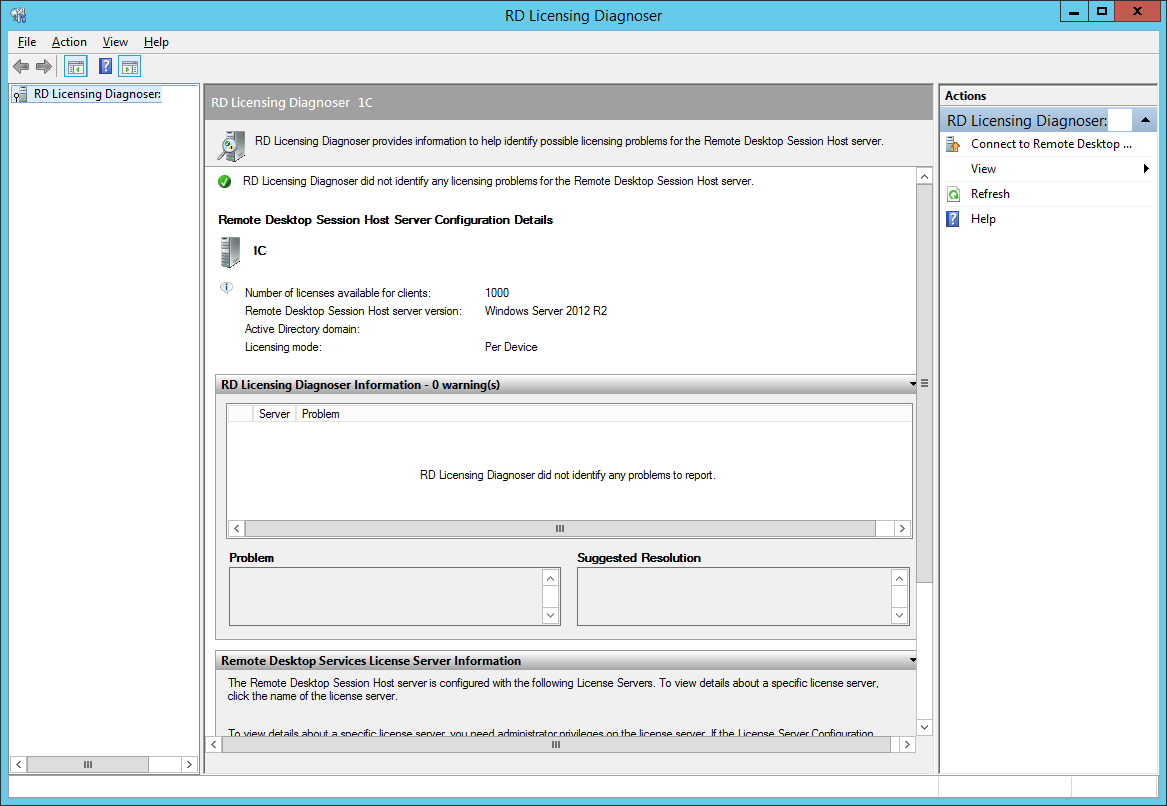

- #WINDOWS TERMINAL SERVER 2012 INSTALL#
- #WINDOWS TERMINAL SERVER 2012 UPGRADE#
- #WINDOWS TERMINAL SERVER 2012 LICENSE#
- #WINDOWS TERMINAL SERVER 2012 WINDOWS#
Upgrades from pre-release versions of Windows Server R2 are not supported. All editions of Windows Server R2 are bit only. In-place upgrades from bit to bit architectures are not supported. The table below briefly summarizes which already licensed that is, not evaluation Windows operating systems can be upgraded to which editions of Windows Server R2. Migration means moving from your existing operating system to Windows Server R2 by transferring to a different set of hardware.
#WINDOWS TERMINAL SERVER 2012 LICENSE#
License conversion in some operating system releases, you can convert a particular edition of the release to another edition of the same release in a single step with a simple command and the appropriate license key.
#WINDOWS TERMINAL SERVER 2012 UPGRADE#
You can upgrade from an evaluation version of the operating system to a retail version, from an older retail version to a newer version, or, in some cases, from a volume-licensed edition of the operating system to an ordinary retail edition. For example, if your server is running Windows Server, you can upgrade it to Windows Server R2. Upgrade means moving from your existing operating system release to a more recent release, while staying on the same hardware. Specifically, a clean installation requires deleting the previous operating system. Installation is the basic concept of getting the new operating system on your hardware. We use the following terms to distinguish among different actions, any of which could be involved in a new Windows Server R2 deployment. If you get a certificate error click Continue. Once logged in you will see applications that you have access to. Click Apply and Ok to save you changes.Īllow the add-on to run if prompted. You can now Add and Remove the permissions inherit from the collection. By default all RemoteApp programs inherit these permissions. Remember this is at the Collections level. There has to be at least 1 in User Groups. If you want to remove Domain Users you must first add a user or group first before you can remove it. I have the vSphere Client installed, select your application then click Next. It will scan your RDSH for installed applications and display them in a list. Remote Desktop Services is now installed! A collection is a logical grouping of RDSH servers that application can be published from. Here you will see the License server is already added i. To configure them you need to follow below steps.

Adding the License server to the deployment will not automatically configure the RD Session Host server or the RD Virtualization Host servers with the Licensing mode type or point them to the License server in the deployment that you just added.
#WINDOWS TERMINAL SERVER 2012 INSTALL#
If the Licensing Role Service is not already installed, the Wizard will install the role, reboot the system if required and add it to the Deployment. The licensing mode for the Remote Desktop Session Host server is not configured.

In this demo, we’ll configure user profile disks for the collection later so that we don’t have to manually set NTFS file and share permissions.You have a Session Based Collection and a Virtual Desktop based collection as per your business requirement. The virtual disk is only accessible in the given collection, so if a user is a member of a different collection, they will have different settings and app data. Each collection can be directed to a file share that stores a virtual disk for each user, and contains application data and settings. Microsoft has gone some way to solve the problem by creating user profile disks in RDS, starting in Windows Server 2012. Roaming profiles are not always an effective solution and in RDS environments can prove even more problematic. When you’re done selecting groups, click Next. By default, all domain users get access, but you can change this using the Add and Remove buttons.

On the Specify user groups screen, add the domain users that can access this collection.For more information on working with Server Manager, see Managing Windows Server 2012 with Server Manager on the Petri IT Knowledgebase. To add RD Session Hosts to the collection, they must be members of the Server Pool. Note that the server I’m logged into is a member of Server Manager’s Server Pool, and it happens to be the only RD Session Host server in my RDS deployment. A RD Session Host servers to a collection (Image Credit: Russell Smith)


 0 kommentar(er)
0 kommentar(er)
